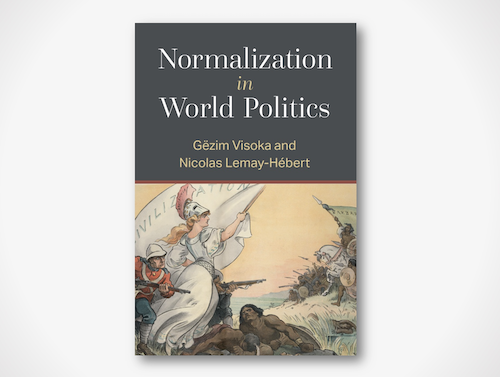13. Gëzim Visoka and Ramesh Ganohariti (forthcoming), Paradiplomacy of Aspirant States: The Politics of Sub-State Recognition, Cham: Palgrave Macmillan.
Diplomatic recognition is a central feature of international relations. So far, we have a good understanding of national and supranational variants of diplomatic recognition, which are often studied as part of bilateral and collective recognition and non-recognition of states. Yet, less attention has been paid to a different variant of state recognition, namely recognition of aspirant states by the sub-state actors. There is a growing number of cases where sub-state authorities at the federal, region, and city level are directly engaged in granting recognition to aspirant states. Drawing on original empirical data, the book conceptualizes sub-state recognition as one of the main outcomes of the paradiplomacy of aspirant states as well as traces the actors, justifications, and the effects in practice. This book argues that while a sub-state recognition passes the criteria of intent they fail on the criteria of effective authority, namely the ability to make decisions on behalf of the national government. Yet, what sub-state recognition does is that it serves as a bottom-up pressure in a hope for eventual recognition as well as temporarily compensates the need of the aspirant state for universal recognition. It finds that aspirant states with influential diaspora communities are more likely to secure sub-state recognition than those who rely on state-level lobbying. Equally significant is the corpus of legal, political, and normative justifications invoked by federal and municipal units when extending sub-state recognition which often runs in contradiction with the diplomatic stance of central government. While such rationales tend not to have immediate political impact, they help the aspirant state appear as it is generating external legitimacy and recognition, much needed to justify independent statehood and endurance of isolation at home. Accordingly, the book aims to contribute to existing scholarship by unpacking further the different layers and scales of state recognition and showing that this practice does not only take place at the national and supranational level but also at the sub-state level, which is undertaken by a variety of actors with different forms of authority and rationales. Only by looking at the role and impact of sub-state recognition we are able to complete a scale-based understanding of diplomatic recognition.


